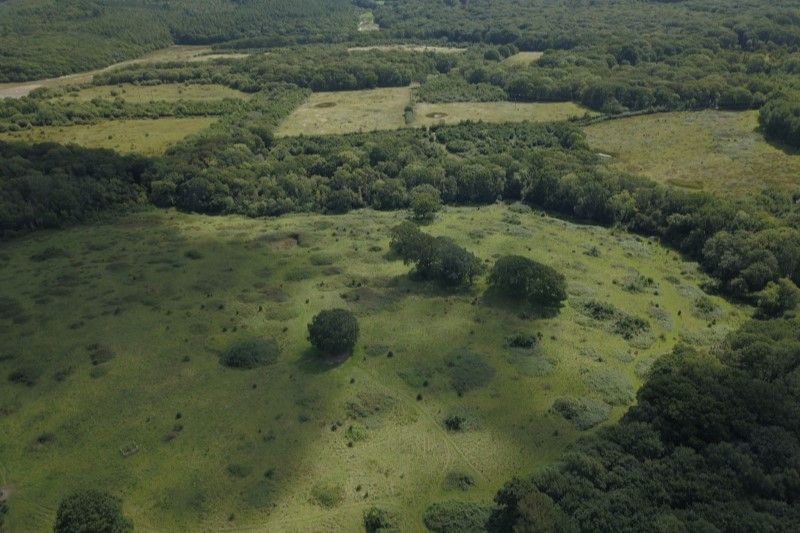Butterflies and moths
Jim Baldwin, our wonderful volunteer surveyor, has continued his 16-week long UK Butterfly Monitoring Scheme survey in Briddlesford. He surveyed, for a couple of hours at a time, on two consecutive weeks in July. In the first week he recorded an amazing 699 butterflies of 17 species and then 590 butterflies of 19 species in the second week. Sightings included brimstone, holly blue and silver-washed fritillary.
July was also a good time for moths this year. Jim and his colleague Hazel set up moth traps in Sandpit copse and found 237 moths of 62 species. Of particular interest was double kidney (Ipimorpha retusa), a lovely macro moth with around 55 records on the Island. It hadn’t been recorded since 2019 and was last sighted at Briddlesford back in 2013. Another interesting record was the tortix micro moth (Rhyacionia pinicolana). This was the 12th record for the Isle of Wight, last seen in 2020 and previously seen at Briddlesford in 2013. The light from the moth trap also attracted two male glow-worms. Hazel also used her bat detector and recorded several species including a long-eared bat.
Wood pasture and parkland
Not readily recognised, and certainly under-researched, this habitat is a mosaic of old, open-grown trees, grassland grazed by animals, flowering shrubs and dead wood. We are aiming to turn 20 hectares of former grassland into wood pasture, by removing grazing animals for two years. This will allow scrub to grow and new trees to establish naturally. We’ll also plant trees to increase the diversity, including disease-resistant elm and small-leaved lime.
This work is part of a new Countryside Stewardship Scheme we began working on earlier this year. Within the scheme we’ll also be managing species rich grassland, digging three new ponds and restoring an area of saltmarsh.
In Briddlesford Parkland we have a new herd of belted Galloway cattle grazing for us this summer. They’re a traditional Scottish breed of beef cattle, suited to rough grazing. The cows and their yearling calves have done a great job in the parkland, maintaining the grassland and preventing too much bramble re-growth. It is a balance though and we’re making sure we keep enough bramble to encourage natural tree regeneration. After two years break, the area will then be gently grazed with cattle to maintain a mosaic of open areas, interspersed with scrub, flowering plants and some trees.
Hazel dormice
In June our monitoring team carried out their nest box check for hazel dormice. They found ten dormice in total, and plenty of nests. Hazel dormice spend much of the summer in the canopy so we don’t tend to find lots in the nest boxes at this time of year. The team enjoyed a sunny weekend, surrounded by butterflies and looking out for sea eagles soaring overhead.
Header image Silver-washed fritillary credit Butterfly Conservation/Andrew Cooper



